Photography is a beautiful and imaginative art that lets us record and conserve priceless moments. There are innumerable concepts to explore and play with, thanks to the limitless possibilities provided by digital photography. This essay will examine classic photographic concepts suitable for photographers of any skill level.
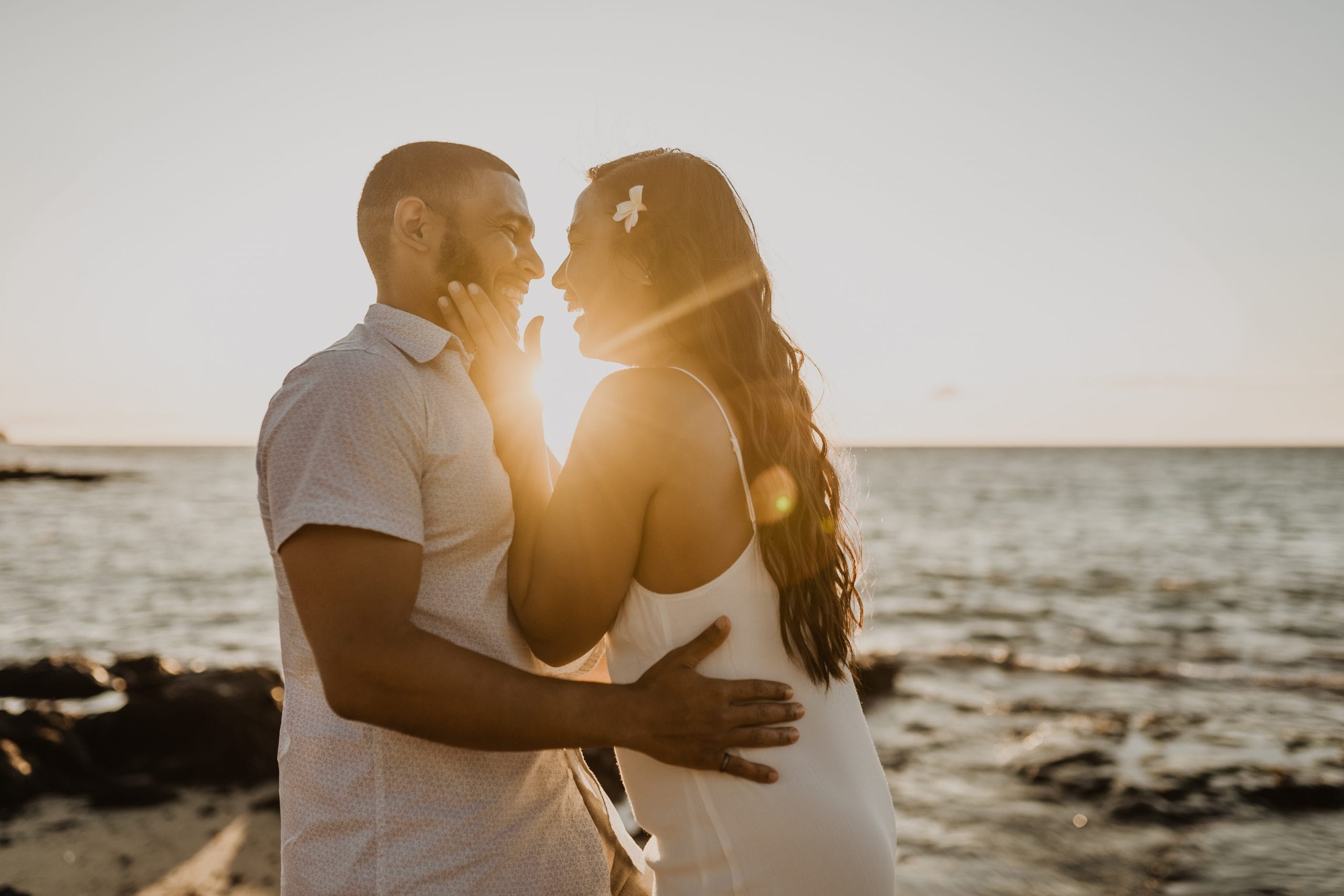
Experiment With Black and White Photography
We have all seen the magic in black-and-white photography. These images have stood the test of time and shared history’s worst and best moments with the current world. Though the color was introduced to images in 1861, people always preferred black and white photos. Most things have stayed the same. With the distractions of color removed, viewers concentrate on the composition and feelings of an image in black-and-white images.
Since this form of photography is associated with a time long forgotten or an age-long history, blank and white images tend to nurse a touch of class and nostalgia. To create the best version of your timeless imagery, pay close attention to the photographs’ contrast, lighting, and texture.
Tips for Taking the Best Black and White Images
Black and white photographers must concentrate on other aesthetic elements such as composition, pattern, field of view, textural contrasts, contrast ratio, shadow, and light because they cannot use the entire color spectrum. Here are some tips for taking impressive black-and-white images that’d stand the test of time.
- Get inspired by watching old movies or intentionally studying old images to get an idea of what you don’t like about the image and the difference you’d make on yours.
- Focus on the contrast when picking out locations and colors for a black-and-white photoshoot. You’re only working with two contrasting colors, so you must rely heavily on contrast to get a desirable image. Use white or yellow dresses on a dark background; ruby red or army green on a stark white background. The colors matter even in black-and-white images.
- Allow yourself to play with underexposures and overexposures. Playing safe and using neutral exposure is not ideal for black-and-white images. However, this strongly depends on the location of the shoot.
- Patterns and textures stand out in black-and-white images, don’t hesitate to experiment.
- Black and white images also need a makeover in Lightroom or Photoshop. With the help of the Effex Pro 2 plugin, your images would be phenomenal.
- Ensure your images speak emotions. You don’t want a jumble of senseless contrasts with no substance. That beats the whole concept of creating something timeless.
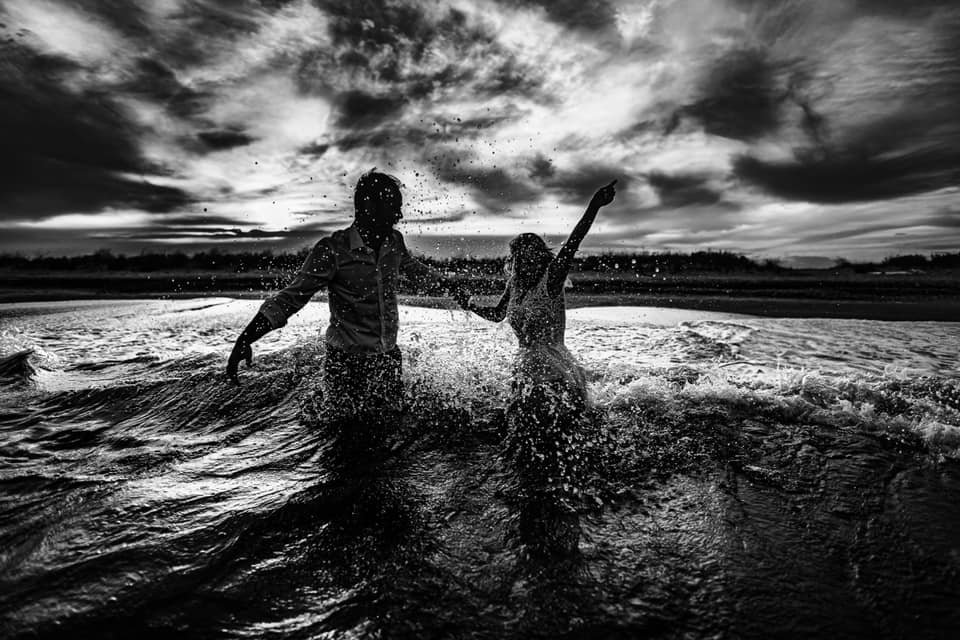
Take Candid Images of People and Animals
Candid photography aims to capture subjects in their natural environment without having them pose for the camera. With this style of photography, the photographer can record sincere feelings and situations that would be difficult to pose for. Be ready to be patient and inconspicuous to snap successful candid photos. This is especially essential when taking images of animals.

Tips for Taking the Best Candid Images
The most organic method of storytelling is candid photography. Instead of emphasizing technique, mood, or production, they place more emphasis on context than overt messaging. Taking candid images of humans is straightforward. With animals, it is a game of stealth and patience. Here are some tips on how to take candid images of animals:
- Ensure you use any high-quality bright zoom lens like 24-70mm f/2.8 or 50mm f/1.8.
- Distract the animals with food or toys to keep them occupied.
- Exercise patience and take as many photos as possible using burst mode; the perfect shot will be taken with sufficient perseverance.
- When it comes to post-processing, adjust the exposure, blacks and whites, highlights and shadows, and up the contrast and vibrancy a little.
Try Out Macro Imageries
Macro photography is another wonderful form of photography you should consider exploring. The main goal of macro photography is to capture minute details of small subjects. It lets the photographer view the world from a different angle and recognize the beauty of the often-overlooked small elements. Use a macro lens or a lens with macro capabilities, pay attention to lighting, and strive to fill the frame for great macro photos.
Tips for Taking the Best Macro Images
Most people use “macro photography” to describe any image of a small subject captured up close and in great detail. Here are some tips for taking awesome macro images:
- Most cameras’ autofocus functions stop working at high magnification settings because they cannot detect a focal point automatically. Instead of autofocus, approach your subject and use the manual focus on your camera.
- Take several pictures of the subject with different parts in focus if you can only get part of the subject.
- Use the flash on your camera or a macro ring light to supplement any insufficient natural light in your environment. A flash diffuser can be substituted to soften the light and prevent your subject from being startled by the flash.
- A tripod stand is necessary for macro shots of immobile items.
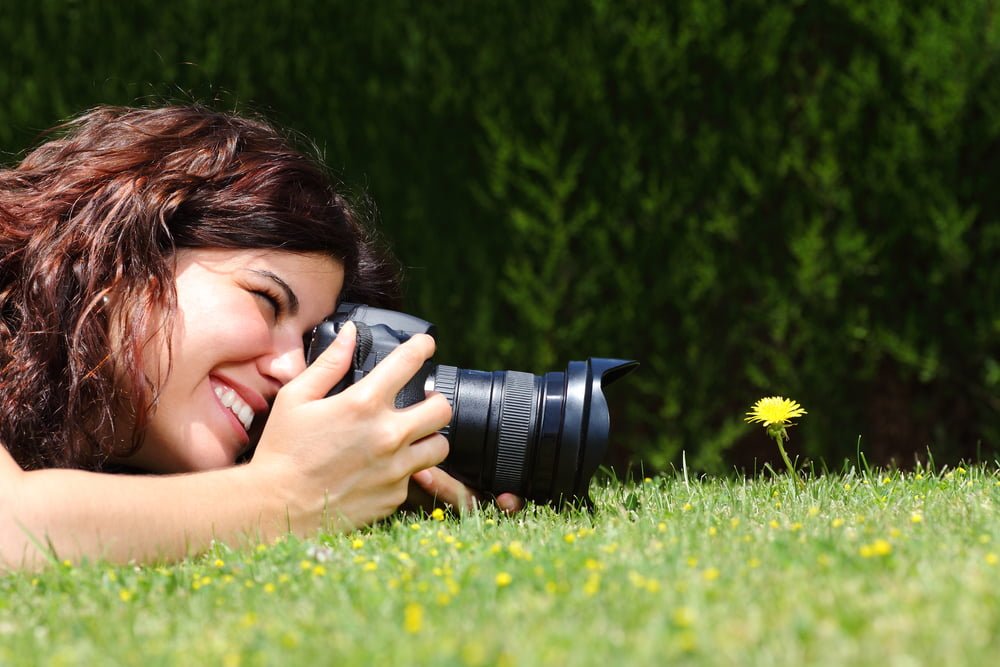
Engage in Timeless Street Photography
Street photography captures the hustle and bustle of everyday life on the streets. It allows the photographer to document and tell stories of the people, places, and events that make up a city. To take successful street photographs, be prepared to be quick on your feet and ready to capture the moment. Pay attention to lighting, composition, and candid moments.
Tips for Taking the Best Street Photographs
Street photography takes the correct instincts and quick thinking with the right equipment to capture candid street scenes or portraits of interesting subjects. If you’re looking to engage in street photography, here are some tips you should hold dear:
- Use compact size and discrete point-and-shoot cameras for street photography
- Ensure you’re familiar with your camera settings, as speed is necessary for the best shots.
- Wide-angle lenses are excellent for taking street photos because they enable you to catch more of the background, better contextualize your subject, and produce images with greater impact.
- Hold your camera at waist level with the proper set-up. That way, you get to take candid photos at all times.
- Take note of things that speak to you and try to capture their essence.
- Take A Hike and Engage in Landscape Photography
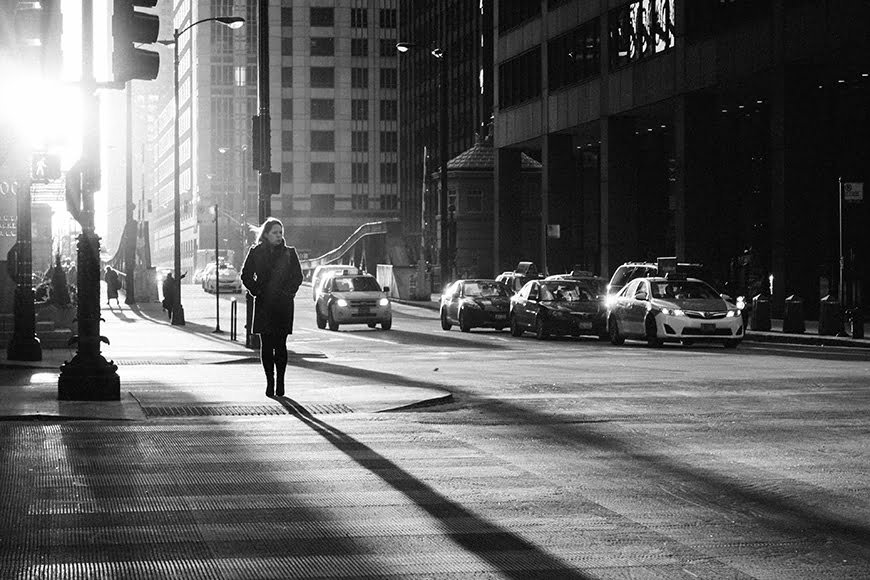
Landscape photography is a classic photography idea that always stays in style. Landscape photography allows the photographer to capture the beauty of the natural world and create stunning images of the outdoors. Pay attention to the light, composition, and whether to take successful landscape photographs. Experiment with different perspectives and focal lengths to create dynamic and interesting images.
Tips for Taking the Best Landscape Photographs
It’s so easy to become mesmerized by a stunning landscape while we travel and explore. We can transform a memorable experience into a work of high art by understanding how to capture it with the camera. Before you press the shutter, you must give your shot much thought to taking amazing landscape pictures. The stages you must follow to improve your landscape photography are listed below:
- DSLR and mirrorless cameras are the best cameras to use if you want to take many landscape photos. While today’s most advanced smartphone cameras capture some fairly stunning landscape images, they are still lagging behind the caliber of professional photographers.
- Select a suitable eyepiece for your DSLR designed for shooting landscapes. A wide-angle lens is required because it provides a wider view and photographs more of the image.
- A tripod is one of the most crucial gears for landscape photography. They aid in reducing camera shake to prevent fuzzy images, especially when using slower shutter speeds. Working with a low ISO will enable you to work in darker environments noise-free.
- Spend some time learning about the lighting qualities you may encounter when shooting at various times of the day so that you can plan your shoot appropriately.
- Polarizing filters enhance the colors of landscape images, while the natural density filters take some getting used to before giving the timelessness you desire.
- Use a shutter release when you can’t use a fast shutter speed.
- Pay attention to the arrangement of your photo. The same basic image might significantly shift when taken from slightly varied viewpoints.
- Shoot in RAW rather than the more common JPEG format.
- As you experiment with the f-stop setting that will give your photographs the aesthetic you want, shoot in aperture priority mode.
Conclusion
There are countless timeless photography ideas to explore and experiment with. Whether you are a beginner or an experienced photographer, there is always something new to learn and discover in photography. By experimenting with different techniques and subjects, you can push the boundaries of your creativity and create stunning and unique photographs that will be treasured for a lifetime.







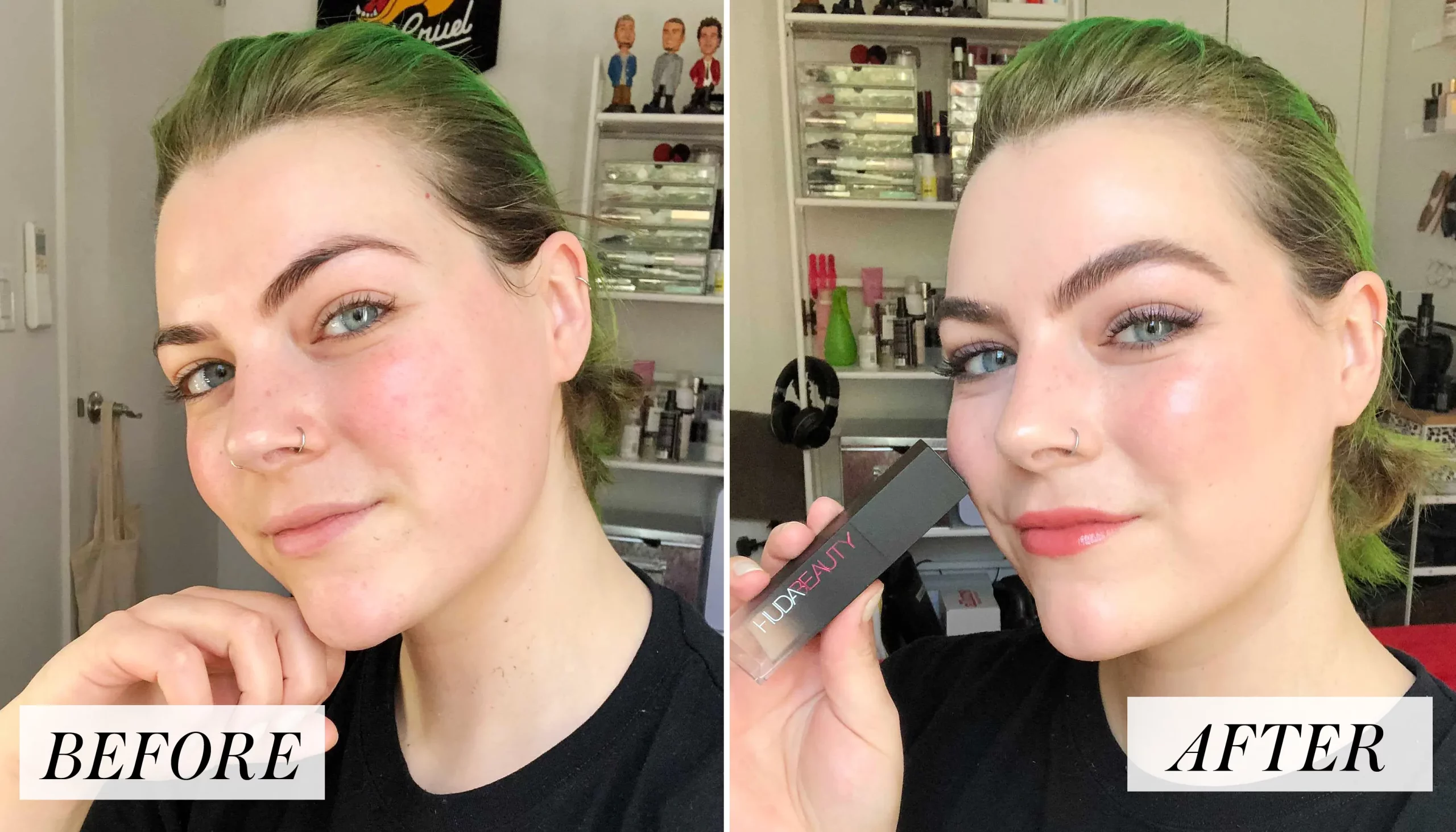
Leave a Comment